Blazing the trail to new-generation science
Combining atoms to create new and exciting elemental functions
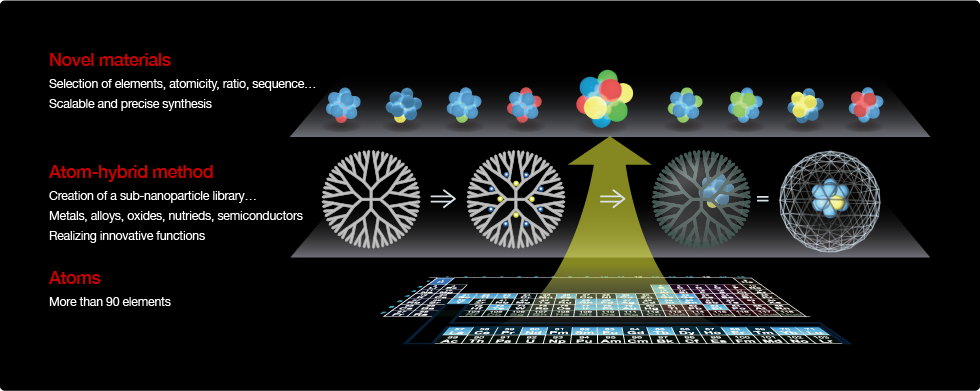
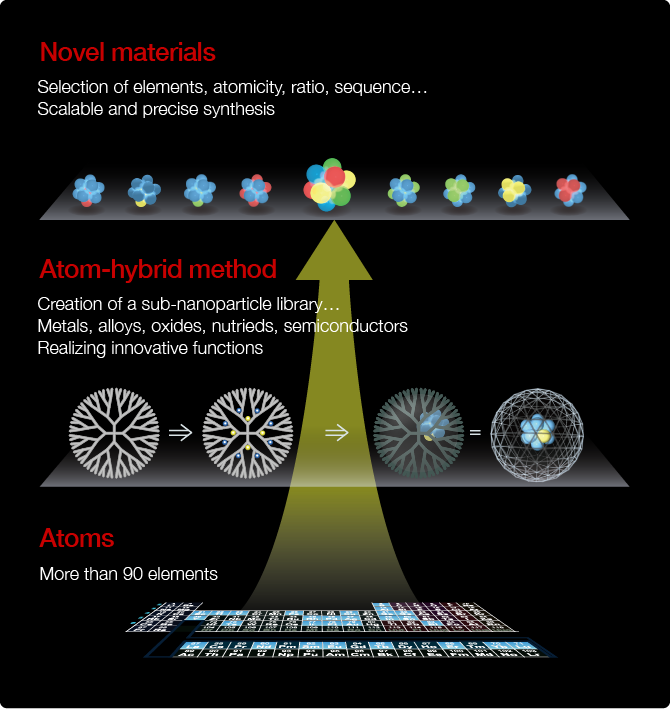
-
PROJECT09
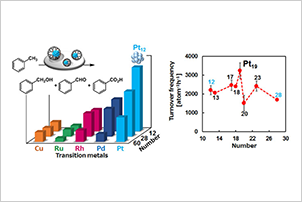
Metallic nano-particles light up another path towards eco-friendly catalysts
- Scientists at Tokyo Institute of Technology produced subnano-sized metallic particles that are very effective as catalysts for the oxidation of hydrocarbons.
- These catalysts can be as much as 50 times more effective than well-known Au-Pd bimetallic nanocatalysts.
-
PROJECT10
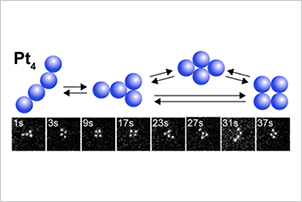
Isomerizations of a Pt4 cluster revealed by spatiotemporal microscopic analysis
- Steady-state isomerizing phenomena in metal clusters were observed for the first time
- Dynamic structures of platinum 4-atom clusters such as the inter-atomic bond distance and isomerization rate were successfully
-
PROJECT11
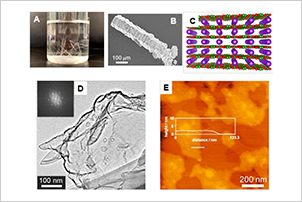
Creation of atomically thin layers of oxidized borophene
- Synthesis of atomically flat oxidized borophene sheets through a simple solution-based method in ambient condition
- Anisotropic electronic property was observed for the crystal
- Facile exfoliation to an atomic-layer due to intercalated cations
-
PROJECT12
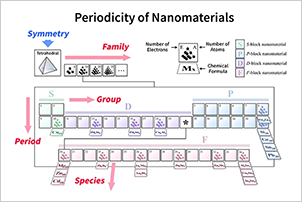
Discovery of periodic tables for molecules
- Scientists at Tokyo Institute of Technology (Tokyo Tech) develop tables similar to the periodic table of elements but for molecules.
- Their approach could be used for predicting novel stable substances and creating useful materials.
-
PROJECT01
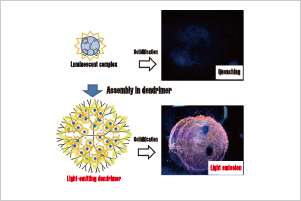
Investigation of novel functional material based on fine-controlled metal assembly
- Investigation of luminous dendrimer by fine-controlled assembly of bismuth
- Intensity control and solid-state emission by restraining concentration quenching
- Emission switching by reversible assembly of bismuth units
-
PROJECT02
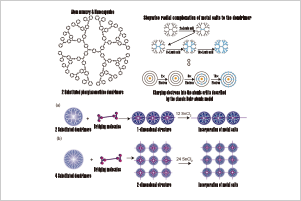
Binding nano-capsules that behave like atoms
- Binding nano-capsules that behave like atoms to build one-dimensional (linear) and two-dimensional (planar) nanostructures
- Demonstrated that metal salts can be incorporated into nano-capsules
- Potential for the incorporation and application of a wide variety of nanomaterials
-
PROJECT03
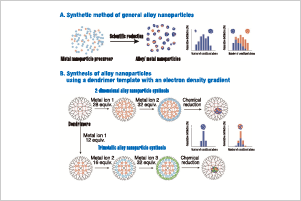
Alloying three metals into 1 nanometer particles
- Development of a method to precisely alloy three kinds of metals into extremely small nanoparticles with a diameter of about 1 nm
- The discovery that copper and precious alloys interface shows high catalytic activity in the hydrocarbon oxidation reaction
-
PROJECT06
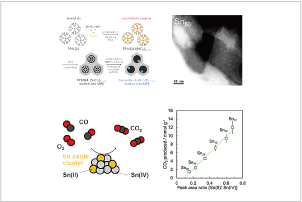
Development of oxidation catalyst utilizing low-cost tin oxides
- Establishment of a size-selective synthesis method of tin oxide clusters
- Discovering that CO oxidation reaction activity changes depending on the composition of the clusters
- Suggesting the potential for establishing highly active catalysts utilizing low-cost base metal materials
-
PROJECT07
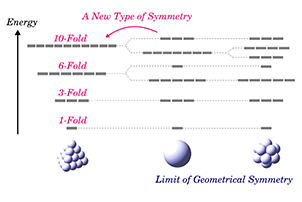
How a tetrahedral substance can be more symmetrical than a spherical atom: A new type of symmetry
- Special tetrahedron substances with a higher symmetry than spherical atoms were theoretically discovered
- A new type of symmetry gives rise to "super-degeneracy", the anomalous multiplicity of quantum states
- Super-degenerate nanomaterials with unprecedented electrical and magnetic properties will be developed
-
PROJECT08
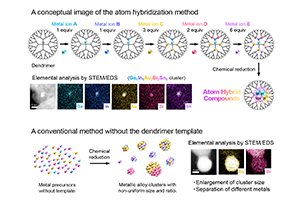
Breakthrough in blending metals: Precise control of multimetallic cluster formation achieved
- A way to create innovative materials by blending metals with precision control.
- The approach, based on a concept called atom hybridization, opens up an unexplored area of chemistry that could lead to the development of advanced functional materials.
Pioneers in extremely small sub-nanoparticle synthesis seeking novel materials that fire the imagination
Nanoparticles are employed extensively in the field of engineering as one of the most important
nanotechnology
materials, and there is fierce global competition in research and development. To date, however, the
properties of sub-nanoparticles have not been fully characterized, which means progress in establishing
methods of the synthesis has been hindered. Of special note is that there is as yet no universal method
of assembling and blending the more than 90 metallic elements contained in the periodic table of
elements
with a predetermined number of dissimilar metallic atoms.
This project was established to create sub-nano metal particles in which the number of atoms is controllable,
and sub-nano-hetero metal particles made from the precise blending of dissimilar elements at the atomic
level with the goal of creating new next-generation functional materials.
Specifically, we are synthesizing sub-nanoparticles made through the precise formulation of similar
or dissimilar elements with predetermined numbers of atoms utilizing precision polymers (dendrimers)
with regular geometrical structures. We call this an "Atom Hybrid", and aim to create sub-nanoparticles
that have innovative next-generation functions. Clarifying the chemical and electromagnetic properties
of new sub-nanoparticles and positioning new materials will allow us to explore new chemical science.
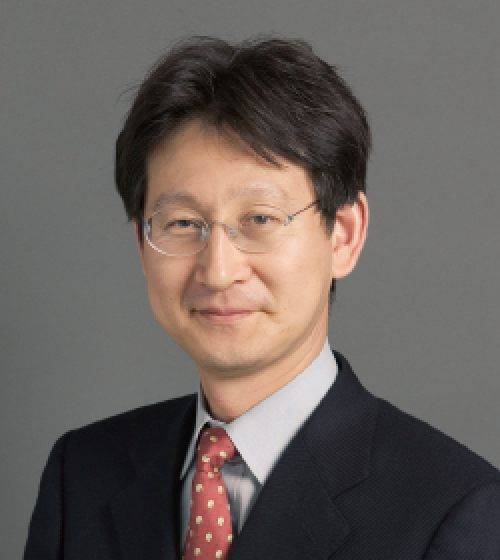
JST ERATO Yamamoto Atom Hybrid Project
Professor, The Institute of Innovative Research,
Tokyo
Institute of Technology
Kimihisa Yamamoto


MEMBER
The Yamamoto Atom Hybrid Project brings members of four research groups together with external joint researchers from other organizations.




